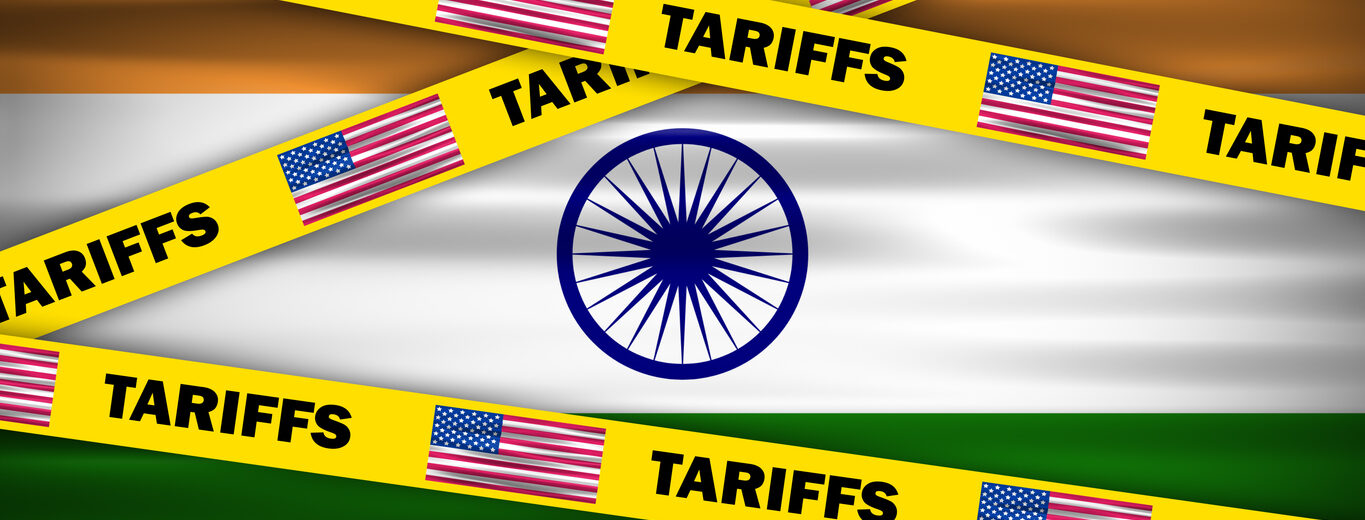The Shifting Chessboard: Geopolitics Is Redrawing the Future of US GCCs in India
When U.S. president Donald Trump imposed sweeping tariffs on Indian exports this August, calling them “reciprocal justice,” it sent tremors through the economic corridors of New Delhi.
For Global Capability Centres (GCCs) of American companies in India, the move symbolised more than trade friction; it hinted at an uneasy phase in a partnership that has long been the backbone of India’s rise as a global services hub. The strain comes even as U.S. firms—from Google and Qualcomm to JPMorgan and Lowe’s — continue to expand their back-end and innovation operations in Bengaluru, Hyderabad and Pune, betting on India’s workforce despite the political noise.
America’s Tariff Gambit and Its Ripple Effect
According to the think tank group, Council on Foreign Relations, Trump’s latest tariff wave affects more than half of India’s shipments to the US, from textiles to auto parts, and could shave 0.5% off growth. For GCCs, the risk is indirect: higher costs, double taxation on software exports, and possible tightening of visas. Yet paradoxically, this disruption may also deepen American firms’ reliance on India. With outsourcing under scrutiny in Washington, direct in-house centres – already employed by over 60% of the Fortune 500 look safer than third-party vendors.
India’s GCC story has been remarkable. From a handful of captive centres in the 1990s, the country today hosts more than 1,700 GCCs, employing nearly 1.9 million professionals and generating US$64.6 billion in export revenues annually. According to Deloitte, these centres are no longer cost-saving back offices but strategic innovation engines, with projections suggesting 2,400 centres by 2030 employing 4.5 million people.
India Between Washington and Beijing
The US-China tariff war has reinvigorated the “China+1” strategy, with global firms looking to India as a stable alternative. According to multiple publications, North American companies have driven most of the new GCC announcements in AI and digital transformation this year.
Yet the surprise of 2025 has been the thaw in India-China relations. In August, Prime Minister Narendra Modi and President Xi Jinping pledged to be “partners, not rivals” at the SCO Summit in Tianjin. According to Reuters, the confidence-building measures ranged from resuming pilgrimages to Tibet to lifting airline restrictions, symbolic but significant after years of border standoffs. Many have referred to it as a “rekindling” brought about by the shared pain of US tariffs.
For GCCs, this opens a window. According to The New York Times, Beijing is keen to invest in India’s technology and EV ecosystems. A few Chinese firms already run centres here, and improved relations could bring more. But as the Observer Research Foundation, an independent think tank, warns – border disputes remain unresolved, and rivalry for influence in Asia is far from over.
Resilience in a Fractured Landscape
American companies remain caught between Washington’s politics and India’s pull. According to a commentary by the Center for Strategic and International Studies (CSIS), tariffs may raise costs but simultaneously accelerate India’s appeal relative to China. Tightening H-1B visas could further encourage firms to expand directly in India rather than relying on sending workers to the U.S.
Uncertainty persists, especially in IT-heavy sectors. According to The Economic Times, potential tariffs on software exports could strain margins. Analysts have cautioned that extended friction could slow expansion in sensitive sectors such as semiconductors. Yet `centres are evolving fast — using automation, hybrid models, and AI integration to stay resilient.
India’s Diversified Play
The larger question is whether India can insulate its GCC growth from the ebbs and flows of geopolitics. According to NASSCOM, 16–20 new centres are being added every quarter, suggesting strong momentum. The Week has argued that tariffs have not killed the GCC model; rather, they have reshaped it into more diversified, future-ready hubs. But the landscape is undeniably shifting.
Even as ties with Washington look fragile, India is quietly diversifying its bets. The May 2025 free trade agreement with the UK has already created a new corridor for GCC-linked services. China’s rekindled warmth may yet bring investment, though it also sharpens rivalry for leadership in the Global South. And conversations with Europe and Southeast Asia hint at a broader rebalancing.
For now, American GCCs in India remain resilient, even thriving. But the geopolitical map they operate in is no longer the one they knew a decade ago. As India deepens ties with multiple players, including China and the UK, the country is signaling that it won’t be hostage to any one partnership. Where this multi-alignment leads could redefine not just India’s GCC story, but the global outsourcing landscape itself.


















